Indigo dye is a natural dye that has been used for centuries to color fabrics a deep blue shade. It is made from the indigo plant, which is native to tropical regions of the world and has been cultivated for its dyeing properties for thousands of years.
Indigo dye is known for its ability to produce a vibrant, lasting blue color that does not fade easily. It is resistant to light and water, making it a popular choice for clothing that will be worn outdoors or in conditions where it may come into contact with water.
One of the unique properties of indigo dye is that it does not bond to fabric fibers immediately upon contact. Instead, it oxidizes on the fabric and gradually becomes absorbed, resulting in a rich, saturated color. This process is known as "indigo vat dyeing" and is a key part of the traditional method of dyeing fabrics with indigo.
In addition to its practical qualities, indigo dye has a rich cultural history and has been used to dye clothing in many different countries around the world. It has been particularly important in India, where it has been used to dye the traditional garment known as the sari.
Indigo dye is considered to be a sustainable and environmentally friendly option for coloring fabrics. It is a natural dye that can be produced without the use of synthetic chemicals, and it is biodegradable and non-toxic.
Today, indigo dye is used to color a wide range of clothing, from jeans and t-shirts to dresses and skirts. Its enduring popularity is a testament to its versatility, durability, and natural beauty.

